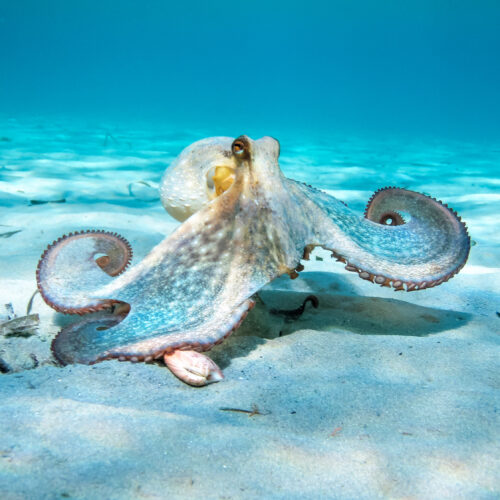Women rely partly on smell when choosing friends

For their study, Gaby et al. organized an on-campus “Speed-Friending” event for 40 female volunteers, consisting of four distinct phases. First, participants had their headshots taken. Next, they looked at pictures of all the other women participating and rated friendship potential based solely on visual cues. Then the women wore a T-shirt for 12 hours as they went about their daily activities, which were then collected and placed in plastic bags. Finally, participants rated the friendship potential of anonymized participants based solely on smelling each T-shirt, followed by a live session during which they interacted with each woman for four minutes and rated their friendship potential. This was followed by a second round of smelling the T-shirts and once again rating friendship potential.
The results: There was a strong correlation between the in-person evaluations of friendship potential and those based solely on smelling the T-shirts, with remarkable consistency. And the ratings made after live interactions accurately predicted changes in the assessments made in the final round of odor-based testing, suggesting a learned response element.
“Everybody showed they had a consistent signature of what they liked,” said co-author Vivian Zayas of Cornell University. “And the consistency was not that, in the group, one person smelled really bad and one person smelled really good. No, it was idiosyncratic. I might like person A over B over C based on scent, and this pattern predicts who I end up liking in the chat. People take a lot in when they’re meeting face to face. But scent—which people are registering at some level, though probably not consciously—forecasts whether you end up liking this person.”
The authors acknowledged that their study was limited to college-aged heterosexual women and that there could be differences in how olfactory and other cues function in other groups: older or younger women, non-American women, men, and so forth. “Future studies might consider a wider age range, investigate individuals at different stages of development, focus on how these cues function in male-male platonic interactions, or examine how scent in daily interactions shapes friendship judgments in other cultures,” they wrote.
Scientific Reports, 2025. DOI: 10.1038/s41598-025-94350-1 (About DOIs).











